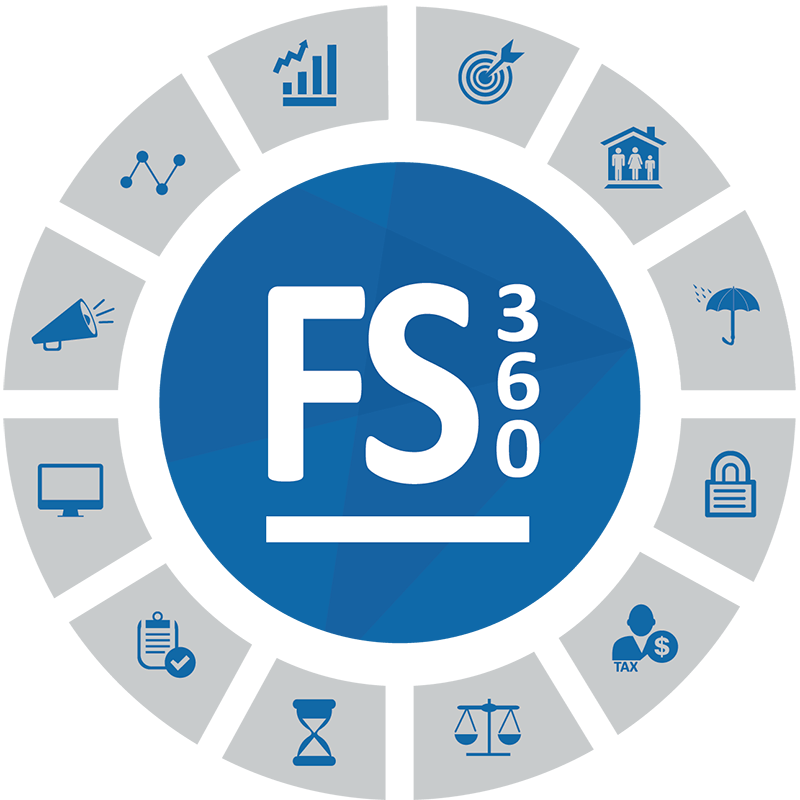Yes, contributing more money to it now means you do not have instant access to it until you meet a condition of release. However, as you near retirement, you will likely be thankful for every extra dollar you put into Super through your working years.
Remember, there are different ways to get money into superannuation and each have their own form of rules and restrictions, so contact one of our advisers for more information. There are a few recent podcasts online that discuss some changes to Superannuation coming into force from July 1 for more info.
Let’s look at a case study:
- Fred is 35 with a superannuation balance of $150,000;
- Fred earns $90,000 per year and his employer pays $9,000 into superannuation;
- Fred typically does not voluntarily contribute any extra money into super;
- In the 2022 Financial year, Fred sold an investment property for a $100,000 taxable gain;
- Fred owned the property for more than 12 months, so he is eligible to apply the full 50% CGT discount to that gain, meaning only $50,000 is taxable;
- Fred has the option of simply accepting this money and would then pay tax on that 50k at his MTR (pretty much 32.5%);
- Fred also has the option of contributing the $50,000 into superannuation, which would provide a large tax benefit;
- Fred’s concessional contribution limit is $27,500 per annum;
- Work is putting in $9,000, which means Fred has $18,500 of cap space remaining. If Fred were to use $18,500 of the property sale and contribute this to super as a concessional contribution, the tax on this would be 15%, rather than 32.5%;
- This is a difference of around $3,200;
- What is more is a rule called the ‘carry-forward of unused concessional contributions’ rule. This allows a person to access previously unused concessional contributions from the last 5 financial years, starting from FY2019, on a rolling period;
- Assuming Fred has earned $90,000 since 2019, he could have around $48,000 of unused CC cap space available to him to use;
- This means Fred could use the remaining taxable amount of $31,500 from his property sale and contribute this to super at 15% tax, rather than paying hit MTR of 32.5%, another $5,500 saving for Fred;
- In the one transaction, Fred could use his superannuation opportunities to save around $8,700 in tax from the property sale and boost his retirement savings;
- This does not have a lifetime cap – a person can do this as often as they like, or can, subject to their respective rolling 5 year cap space is.
- There are certain conditions needing to be met to ensure the above is done correctly, so speak with your adviser before doing so.
You don’t need to have sold a property to make the most of superannuation. There are plenty of other options available, which include:
- Salary sacrificing a portion of your wage each pay cycle;
- Making what is called a personal deductible contribution from savings before 30 June;
- Making a spousal contribution, which can result in a $540 tax offset to the contributing spouse (income less than $37k);
- Making a $1,000 non-concessional contribution to super and receiving a $500 government co-contribution (a 50% rate of return) income less than $41k; and
- Making larger non-cons if you have met your CC cap
The EOFY opportunities do not stop with those still working. Our retired friends can also benefit. One of the more recent podcasts and blogs, written by Lynde, focuses on this strategy with particular focus on super.
The Government has also recently announced additional means to get money into superannuation after you have sold your home. These opportunities are on top of normal concessional and non-concessional contribution caps and can be hugely beneficial. As the EOFY approaches, it is time to consider your options.
Further, there are other ways of increasing your tax deductions or tax opportunities, before 30 June, which can help lead to an increased tax return and also provide other benefits;
- Taking out income protection insurance personally owned
- Pre-paying interest on an investment loan
- Investing for franking credits
- Increasing the amount of work- or business-related expenses you have
- Join professional bodies
- Make donations
There are plenty of EOFY opportunities available to almost anybody, so it certainly pays to contact your adviser to see if any, or all of the topics discussed today, are applicable to you.
Danny Archer
Financial Planner (Geelong)
The following steps of the FS360 program are touched on during this podcast and article.
3. Risk Plan
5. Tax Plan
6. Debt Plan
7. Retirement Plan
11. Superannuation Plan
12. Investment Plan
More info on the FS360 program at Mulcahy & Co can be viewed here:
https://www.mulcahy.com.au/are-you-financially-secure








